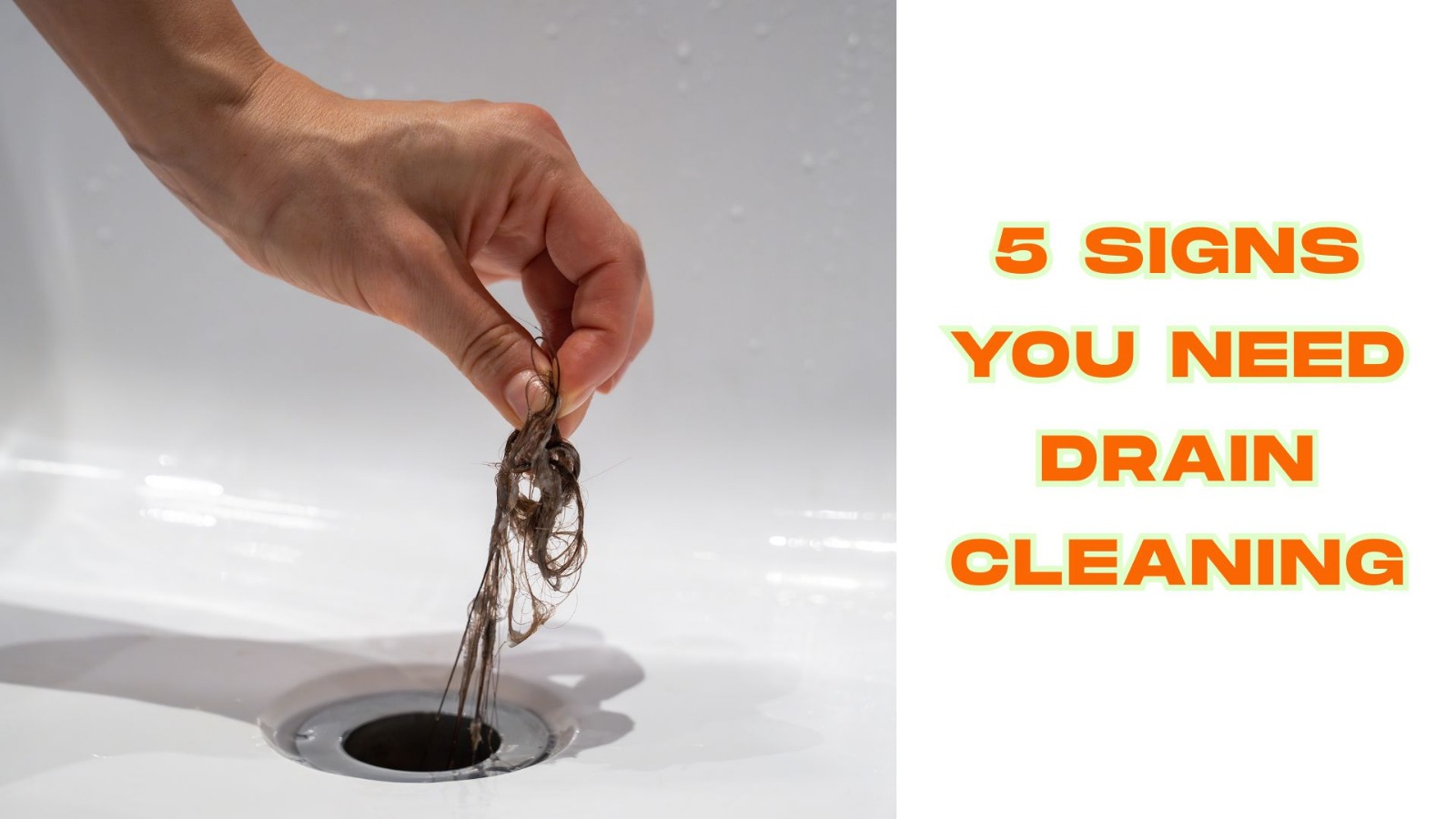Sewer Camera Inspection Services in Utah
Inspect Hidden Issues – Before It Becomes a Big Problem!
What is a Sewer Camera Inspection?
Looking for Sewer Camera Inspection Services in Utah? A sewer camera inspection is a cost effective way for homeowners, real estate investors, and potential buyers to know the exact condition of the sewer system at the property in question. As the name suggests, a sewer camera inspection works by inserting an HD camera into the sewer system and have it relay the live video to a monitor that is connected to, clearly displaying the accurate condition of the sewer system, including clogs, intrusions and breakages.
Contact Us Today
Restore’s comprehensive sewer camera inspection service allows us to accurately diagnose sewer related issues. Using the most up to date camera systems available, equipped with high definition digital color and large screens, allows us and you to see exactly what is happening in your pipes.
We have the ability to camera pipes as small as 1” up to 8” with our push camera systems. Our cameras have the brightest lights available on the market, as well as self leveling heads, so the bottom of the pipe always shows at the bottom of the screen. If necessary, we are able to accurately measure the inside diameter of the pipe utilizing laser technology.
Our sewer camera inspections are performed by trained technicians who have years of diagnostic experience and understand the issues and failures inherent in a sewer system. Some sewer issues are easy to pinpoint and the solution is obvious. Other issues require detailed investigation. Our technicians have the skills, equipment and commitment to accurately diagnose the problem and find the best and most cost effective solution.
Utah Sewer Camera Inspection Services
It is Restore Pipe System’s standard procedure to record the sewer camera inspection and provide you with a copy.
Push Camera
Push cameras have color, self-leveling heads and reach up to 325’. The camera is very flexible, enabling us to go into 1” pipe and navigate 90 degree bends. These systems have a 10”-12” screen so during the inspection you can watch comfortably. The camera head is energized, allowing us to detect the exact location and depth of both the sewer line and specific problems areas..
Pan and Tilt Camera
Our pan and tilt camera system has the ability to turn from side to side, rotate 360 degrees and perform laser measurements of pipe diameter. These functions allow for a more effective and detailed inspection of the pipe and connections coming into the sewer main. This aids in accurate diagnosis and problem resolution.
Specific benefits of the laser feature:
- It allows for exact pipe size measurement to confirm your system meets capacity needs.
- It allows us to identify the depth of scale build up inside the pipe and the need/benefit of cleaning.
- It lets us identify transitions between smaller and larger pipes, which helps in accurate estimates and identifying the most cost effective solution for your project.
When, where and why should I have a plumbing camera inspection?
- Sewer and drain lines. If you have problems with your system draining it usually means there is a problem and should be looked at.
- Septic drain fields. We can use sewer cameras to make sure the pipe is installed correctly, is clean and draining properly.
- Buy/sell agreements. Looking at buying a home, business or investment property? Unless brand new, never buy without a sewer inspection, even if the pipes are plastic. Never trust in a full disclosure of problems by the property seller. Not everyone is honest about the issues they have had and sometimes they are not aware of the problem lurking below! We see way too many new owners hit with the trauma and expense of a flooded home or business because they didn’t protect themselves with a simple and inexpensive sewer line inspection. Don’t let it happen to you!
- Duct work. If you notice a weird smell or sand/dirt coming out of your vents, we can inspect the system, locating holes or other problems in the pipe.
- Compressed air lines
- Water lines
- Irrigation lines
- Conduits
- We even found and rescued a stuck missing kitten under a shed.
If you need the best, give us a call , we just might be able to utilize our camera system to help you out. We love a challenge!
A sewer camera inspection is a cost effective way for homeowners, real estate investors, and potential buyers to know the exact condition of the sewer system at the property in question. Although most people enjoy being surprised on their birthday, holidays, and other special occasions it is the exact opposite when it comes to expensive and time-consuming repairs. In particular the sewer system, as it can be one of the most expensive items to have replaced. Much like anything else, minor issues can quickly turn into major problems if left unattended.
When you are aware of exactly what is going on underground in the sewer pipes, it significantly reduces the chances that there will be an extremely unpleasant surprise in store. Restore Pipe Systems specializes in providing property owners and buyers with comprehensive sewer camera inspection services in order to accurately diagnose all sewer related issues. We realize how critical it is to discover these situations before they turn into a major breakdown of the entire sewer system.
We have also been trained with the latest sewer camera inspection techniques and cutting edge equipment. This combination provides us with the ability to uncover even the smallest potential problems that other plumbing companies may not notice.
Most modern sewer systems contain a drain cleanout or other access point. If one does not exist at the property, the technician will inform you of the situation and devise an alternate route into the sewer pipeline. They will then insert a waterproof video camera into the sewer system. The camera is attached to a flexible rod that allows the technician to work it through the pipeline.
The camera records a high-definition video of the interior conditions of the sewer pipes. Next it relays the video back to the technician in real time in order to be analyzed. Last but certainly not least, the camera identifies the location of the sewer pipes. This enables the technician to accurately map out all areas within the pipeline that require repairs. If we need to fix anything, we know exactly where the problem is located within the network of pipes. Our video equipment is so advanced that we have the ability to locate problems that other camera inspections simply can not.
Many of the smaller problems don’t require an immediate repair. In that situation, we highly suggest that you schedule a yearly sewer camera inspection in Utah so that we can keep an eye on the situation for you. As soon as it grows to the point where a repair is required, we will be able to inform you that it is time to take care of it. We can also use our video camera equipment to inspect conduits, duct work, interior vents, drain lines, and storm drains. Our inspection also allows us to determine depth of line, piping material, accurate locations and GPS mark utility locations.
Please contact Restore Pipe Systems at your earliest convenience to set up a sewer camera inspection at your home, investment property, or real estate that you plan to purchase.
Call to schedule a sewer camera inspection: (801) 564-0089
Contact Us For A Quote Or A Free 2nd Opinion
Top-Rated, 100+

Reviews
Here's Why Our Clients Love Us!
Faster
Many of our jobs are done the same day! Get a FREE 2nd Opinion Now!
Cheaper
Since our digging is minimal, you don’t have the cost of replacing large amounts of landscaping or concrete, or of cleaning up the more extensive mess traditional pipe replacement can cause.
Cleaner
We are able to replace most pipe lines with no digging at all or with only 2 holes dug: one as an entrance pit and the other as the exit pit.
Satisfied Customer Reviews
Top-Rated, 100+

Reviews
Trustindex verifies that the original source of the review is Google. I cannot say enough great things about Scott and the Restore team. I have a commercial business park and have been dealing with serious sewer back ups for years. It was to the point we would have to dig up almost the entire parking lot as I had no idea where the lines were under tons of concrete. Thousands of dollars and upset renters was really affecting my life. Restore just took over and came up with a plan. Scott called city officials for me so I didn’t have to. They got the job done quickly and efficiently. He kept me up to date with pictures and texts as I have a full time job. The process was completely painless for me. I can sleep again and my renters can flush with confidence. Will 100% use Restore again!Trustindex verifies that the original source of the review is Google. Restore Pipe had the best price for relining my main line from my house to the city line. They were very professional and got the job done quickly and the before and after videos they sent me showed me just how good of a job they did. The crew that came to do the work was very friendly and very professional. Would recommend them.Trustindex verifies that the original source of the review is Google. These guys are honest and are also very fair with their pricing. These two qualities are rare in business these days. I highly recommend themTrustindex verifies that the original source of the review is Google. Finding an honest Plumber is not easy. I do real estate investing. I have probably had these guys help me over 20 times in the last 5 years. He’s always honest and transparent. He works with me to find solutions that work for me and my budget. If we only need to repair a portion, that is all we do. The repairs he does last and he stands by them. Thanks to Scott and Jerold for always coming when I call.Trustindex verifies that the original source of the review is Google. We had our sewer back up into our basement because of a large plastic cap that was stuck in the pipe and blocking the flow. Restore sent their guys (I don't remember their names) the very next morning and they were able to remove the item! We appreciate the prompt response and excellent service we received. Hopefully we won't have this kind of problem again, but if we do (or if something sewer related happens) they will be my first call.Trustindex verifies that the original source of the review is Google. I had a horrible issue with my pipes. They were old and had deteriorated leaving holes in a few spots. Scott and his amazing team worked with me to explain the problem and the solution. He prioritized my problem and got the job done in record time with minimal invasion to my home. I would recommend him and his team anytime!Trustindex verifies that the original source of the review is Google. We had this company recommended to us for some underground line work and jetting for roots. Absolutely amazing !! Super attentive to detail and looked to find the best solution for us. I would 100% recommend them to anyone needing work done!Trustindex verifies that the original source of the review is Google. We had Scott out to help with a clogged main sewer line we thought may have collapsed. He did a great job of clearing the line, showing us the belly in the line that was causing the problem and providing solutions for a long term repair.Trustindex verifies that the original source of the review is Google. We had a few companies come out and give us a bid on lining some of our sewer line & restore piping were the most professional, kind & fair with pricing! They did a great job & the guys who did the service were top tier! Highly recommend them as a company.Trustindex verifies that the original source of the review is Google. We own a 24/7 gym in Hyde park. Someone clogged the toilets… and we were in a bad way. Scott came and cleaned it out super quick for a fair price. Lifesavers!!!!Verified by TrustindexTrustindex verified badge is the Universal Symbol of Trust. Only the greatest companies can get the verified badge who has a review score above 4.5, based on customer reviews over the past 12 months. Read more
Services We Offer
Contact Us For A Quote Or A Free 2nd Opinion
Top-Rated, 100+

Reviews
Promotional Deals & Offer



Frequently Asked Questions
What are the signs I might have a cracked or broken sewer line?
It doesn’t matter if you have broken pipe, corroded pipe, cracked pipe, rough pipe or tree root intrusion, we can fix the problem. We do this using proven, trenchless and no-dig technology.
Our trenchless pipe repair provides a strong, fast and less invasive alternative to traditional digging. Since we can replace lines up to hundreds of feet in a single day, we reduce service interruption and discomfort. We also reduce or eliminate the amount of yard, landscape, driveway, wall, or floor that has to be cleaned up or replaced.






